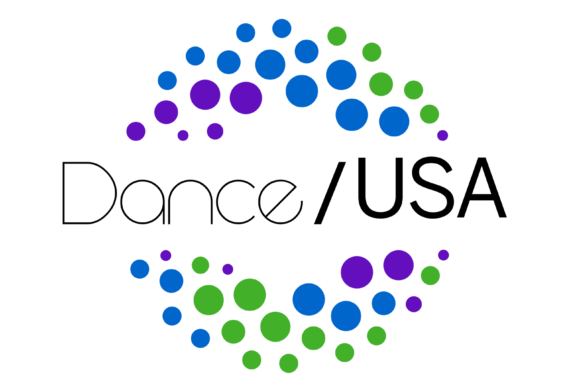The Executive Pas de Deux
Times have changed significantly since George Balanchine and Lincoln Kirstein joined forces in the 1940s to create the New York City Ballet. Yet the model those two men established for the administration of the American dance company remains: an artistic director reigning over the creative wing of the organization, an executive director administering the business side of things, and a board of directors to ensure fiscal responsibility, remains. Too often an imbalance between those arms of a company develops especially when the push-pull dynamic between the innately challenging AD and ED positions becomes overwrought. But like a strong marriage or a grand pas de deux, many such partnerships do thrive. They take hard work, skillful communication, and an evolving collegial relationship.
Streamlining the Chain of Command: Nashville Ballet
Three years ago, Nashville Ballet moved from a traditional non-profit leadership structure (artistic and executive directors, a board president) into one that looks more like a for-profit company. Artistic Director Paul Vasterling assumed the title of CEO while remaining artistic leader, and reports that the results have been only positive: better communication, efficiency, and cohesion throughout the company. Dance/USA spoke with Vasterling about how it works.
On Mentorship: Dance as a ‘Handed-Down Form’
“Dance is a handed-down art form. We almost take this for granted in the
studio, and don’t even think about it as it is occurring. It is how
young dancers become seasoned and powerful performers; and how
experienced dancers absorb the craft of creating dance work on their
paths to becoming choreographers. But there is a world of opportunity to
pass on knowledge and experience outside of the studio as well, and
this has more to do with opening someone to the possibilities in front
of them – be that artistic or intensely practical.”
The Executive Committee: Its Scope and Purpose
Not all boards have executive committees, but most organizations find
them to be a central element of effective governance. Ideally, the scope
of an executive committee’s authority is clearly outlined in an
organization’s bylaws. If it is not, at the very least it should be
clearly defined in a statement of the board’s operating policies. Yet,
quite often, organizations discover that they have no written policy
regarding the executive committee’s scope of authority to make
decisions. If your organization is just forming an executive committee,
or has discovered that an existing committee’s authority is not
adequately documented, the full board should discuss its role and come
to consensus on its charge.
Connecting With a Mentor Brings Small Details to Light
As I obtain more experience and knowledge in the field of dance, I hope
that someday I will be able to be a mentor to a young artist like
myself. I feel organizations like Dance/USA and programs like the
Institute for Leadership Training are vital for the future of dance.
Rural Retreat: The Future Is Now
Ten years ago Assis Carreiro, artistic director and chief executive of
the UK’s DanceEast, brought together the artistic
directors of international dance companies in England. Would artistic directors from different countries with disparate working
and funding structures have anything in common? Find out by reading about this year’s Rural Retreat, which brings together artistic directors for a weekend of intensive talks.
Five Tips for Working Smart and Staying Healthy in 2013
As arts and culture leaders, we are focused on our artistic product, the
people who create that product, our community, our board, and our
donors. These are all mission critical and never to be underestimated or
taken for granted. However, we do our collective missions a disservice
when we don’t focus on our individual mental and physical health and
that of our board and staff members. Read on for five tips for working
smarter and living healthier.
Lessons From Sandy: Disaster Preparedness for Dance Companies
Super storm Sandy struck an unprecedented blow to the
dance community, causing devastating losses of artistic materials to
flood-waters, as well as interruptions of work. The Dance Heritage
Coalition (DHC), the sole national organization with a mission to
document, preserve, and increase access to America’s dance legacy,
received several urgent appeals from artists and companies seeking
advice about recovering damaged materials. DHC offers an overview of emergency preparedness and
recommends steps for action that dance organizations should be taking
right now, before disaster strikes. Read on.
PETITION TO THE OBAMA ADMINISTRATION
The Child’s Bill of Rights in Dance requests equal access and opportunity for all persons in the United States regardless of gender, age, ethnicity, socio-economic status, interest or ability. Dr. Radi Shafie recently posted a petition on the White House website seeking 100,000 signatures to support the bill of rights. Read on to learn more.


Yearning on the Dance Floor … and in the Science Lab
Thirty-nine hapless heterosexual women were then asked to observe the 30
dancing avatars, and rate them for “dance moves.” On a seven-point
scale, these women (hopefully paid for this excruciating experience),
rated the dance moves from “extremely bad” to “extremely good.”
We are not making this up.